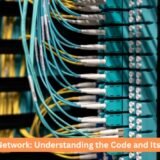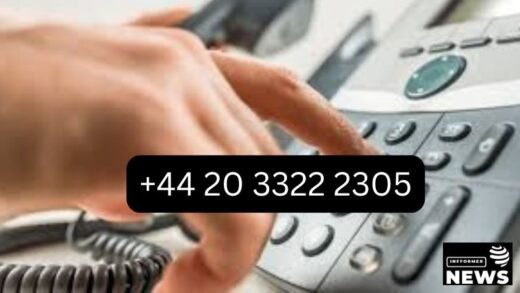What Is the VIOC Charge on Your Bank Statement?
If you’ve recently noticed a charge labeled “VIOC” on your bank statement, you might be puzzled about what it represents. In this article, we’ll delve into what VIOC stands for, why you might see it on your bank statement, and how to address any concerns regarding such charges.
Understanding VIOC: What Does It Stand For?
VIOC stands for Valvoline Instant Oil Change, a company known for providing quick oil changes and other automotive maintenance services across the United States. Founded in 1986, Valvoline Instant Oil Change has grown into one of the most recognized names in the automotive service industry, offering everything from oil changes to tire rotations and fluid replacements.
When you see a VIOC charge on your bank statement, it typically indicates that you or someone with access to your bank card made a purchase or received services from a Valvoline Instant Oil Change location.
Why Is VIOC Appearing on My Statement?
There are several reasons why you might find a VIOC charge on your bank statement:
- Routine Maintenance Services:
- If you’ve recently taken your vehicle for an oil change or any other service at a Valvoline Instant Oil Change center, the VIOC charge will reflect the cost of those services. Valvoline is known for its quick, drive-through service, allowing customers to get their vehicle’s oil changed without needing an appointment or leaving their car. This convenience often leads many to choose VIOC for their automotive maintenance needs.
- Authorized User or Family Member:
- If you share your bank card with a spouse, family member, or other authorized user, they may have used the card for services at a Valvoline location. In such cases, the VIOC charge would appear on your statement.
- Subscription or Membership Services:
- Some Valvoline Instant Oil Change locations offer membership programs where customers pay a monthly fee for discounted or unlimited services. If you have enrolled in such a program, the VIOC charge may represent a recurring monthly payment.
- Mistaken Charge or Fraudulent Activity:
- Although less common, there’s a possibility that the charge could be a mistake or the result of unauthorized use of your bank card. If you don’t recall visiting a Valvoline Instant Oil Change location and suspect fraud, it’s essential to take steps to address the issue.
What to Do If You Don’t Recognize the VIOC Charge
If you’re certain that you haven’t visited a Valvoline Instant Oil Change location or authorized someone to use your card, it’s crucial to investigate the charge further.
Here are some steps you can take:
- Review Recent Purchases:
- Before jumping to conclusions, review your recent transactions and see if any family members or authorized users might have visited a Valvoline location. Sometimes, we forget about routine maintenance appointments, especially if they were booked weeks in advance.
- Contact Valvoline Instant Oil Change:
- Reach out to the Valvoline location where the charge originated. They can provide you with details about the transaction, including the date and services rendered. This information can help you verify whether the charge is legitimate.
- Check for Recurring Payments:
- If the charge is a monthly occurrence, it might be linked to a subscription or membership you signed up for at Valvoline. Review your agreements or subscriptions to determine if this is the case.
- Report Potential Fraud:
- If you suspect that the charge is fraudulent, contact your bank or credit card company immediately. They can help you dispute the charge and may issue a new card to prevent further unauthorized transactions.
- Monitor Your Accounts:
- Whether you identify the charge or not, it’s always a good practice to regularly monitor your bank and credit card statements for any suspicious activity. Promptly addressing any unfamiliar charges can help prevent larger financial issues down the line.
How to Avoid Unrecognized Charges in the Future
Unrecognized charges can be frustrating, but there are steps you can take to avoid them:
- Set Up Alerts:
- Most banks offer transaction alerts via email or text message. By setting these up, you can receive real-time notifications whenever your card is used, allowing you to immediately identify any unauthorized charges.
- Keep Track of Subscriptions:
- Whether it’s for automotive services, streaming, or other memberships, keeping a list of your subscriptions can help you remember what recurring charges to expect on your statement.
- Review Statements Regularly:
- Make it a habit to review your bank and credit card statements each month. This helps you stay on top of your finances and quickly identify any discrepancies.
Conclusion
Seeing a VIOC charge on your bank statement can be confusing if you’re not familiar with the term, but it’s usually related to automotive services provided by Valvoline Instant Oil Change. By understanding what VIOC represents and following the steps outlined above, you can address any concerns and ensure that your financial accounts remain secure. If you have any doubts about the charge, don’t hesitate to reach out to Valvoline or your bank for further assistance.
Read also: check





























































